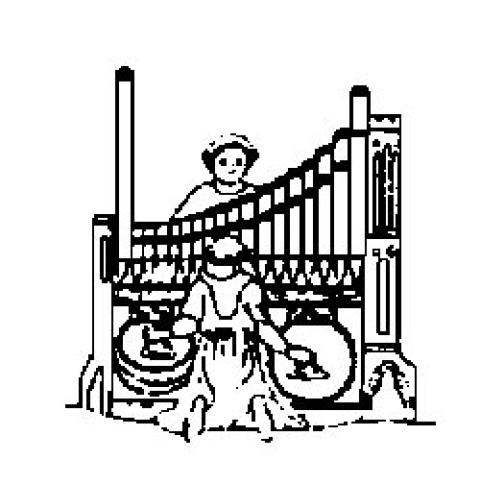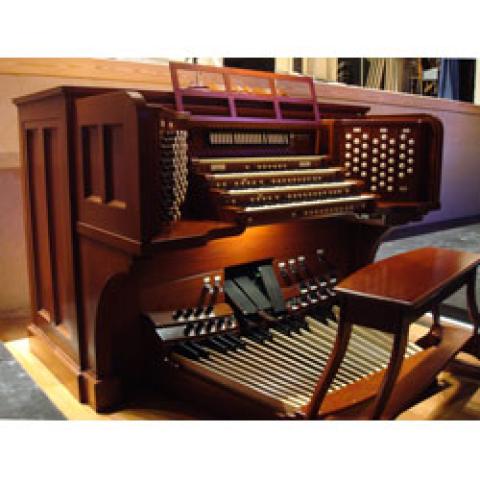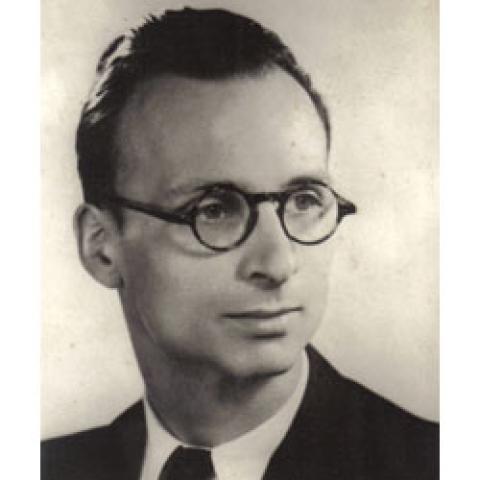
H. Schauerte
The fifth International Organ Academy, Bach en Combrailles, will take place on the reconstructed Bach-Organ of Arnstadt in Pontaumur, Auvergne, France August 4-9, 2010.
The academy will feature a masterclass with Helga Schauerte on the theme “J.S. Bach and his organ scholars (Krebs, Homilius, Friedemann Bach)”.
For information: www.bachencombrailles.com or contact Helga Schauerte, 25 Rue Blanche, 75009 Paris, helgaschauerte@aol.com, (Tel. 00331 34 53 98 24).





